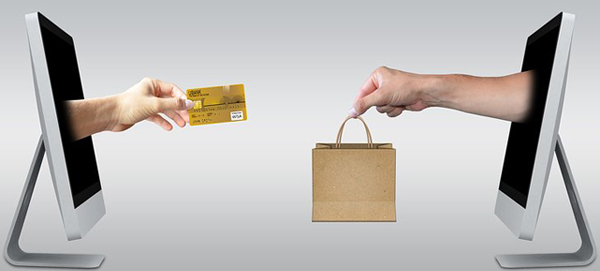In ten years’ time, the procurement profession and the role of the Chief Procurement Officer (CPO) has changed in many unique and profound ways. Yet, just like 2010, CPOs and other procurement leaders are entering the new decade grappling with intense challenges (some old, some new) and driving forward to achieve aggressive goals and objectives.
On that front, I’m pleased to continue with our exciting, new series on CPO Rising – “20 for 2020” which examines a broad range of CPO-driven topics. Today we continue with 20 for 2020: Key Themes for the Modern CPO’s Agenda (#4 – B2B Payments), which is designed to help procurement executives set their organizations’ course for the critical months and years ahead. Enjoy!
20-for-2020: Theme #4 for the Modern CPO’s Agenda: B2B Payments
While the accounts payable (“AP”) function has long been one of the last bastions of manual processes in an enterprise, we have started to see a small technological evolution that has transitioned the AP industry away from manual tasks that have proved to be both time consuming and costly. The pressure to automate operations – with the goal of fewer supplier invoices being processed by hand and fewer vendor payments being mailed – has increased. But AP professionals are not only expected to create this tactical excellence, they are also expected to improve upon it in the future. One area within the AP realm that has started to attract the attention of AP and finance professionals and that the Ardent Partners team feels can add a lot of business value to an enterprise is the automation of business-to-business (“B2B”) payments.
B2B payments have risen as a “new” and viable source of value for financial organizations across the globe, and, as more attention is paid to this aspect of the AP function, AP and Finance leaders are realizing that they can take further advantage of the efficiencies created by automating the receipt and processing of invoices (e.g., eInvoicing and AP automation). The increased interest in payments has largely been driven through this reduction in paper on the front end of the AP process. Less paper has resulted in efficiency gains and increased visibility for the opening stages of the invoice-management process. This means AP groups today have more opportunities than before to extract value from their B2B payments, particularly within the realm of early-payment discounts.
By using B2B payment methods more frequently, finance leaders are increasingly exposed to the potential gains and overall value that can be driven from an increase in the use of ePayments. The increased adoption of electronic payment solutions has opened finance and treasury’s eyes to and acceptance of B2B payment cards with rebates, dynamic discounting, and supplier financing. This has resulted in payments being viewed differently than ever before. As a result, the AP function is now starting to be viewed as an area of strategic importance and not just a manual, labor-intensive function. Accounts Payable and Treasury are now working more closely than ever before to maximize the cash flow of the organization.
Managing supplier payments can and should be integral to Treasury’s cash and liquidity management responsibilities. Properly managed supplier payments will show the strategic impact of Treasury and AP working together. Treasury needs to have a view on all enterprise cash. By collaborating and communicating with AP, it will achieve newfound visibility into supplier payments and a more nuanced view of the organizations’ cash position and how to maximize its value along with leveraging the B2B Payments / ePayments and supply chain finance platforms that are available today, and are becoming more widely adopted every day.
Final Thoughts
Once upon a time, it made sense for enterprises to pay invoices with paper checks. This is no longer the case. Paper checks are not going to disappear overnight, but our research indicates that every year, organizations are increasingly realizing the operational and efficiencies gains, not to mention the value generating potential that B2B Payments / ePayment platforms bring to the table.
RELATED ARTICLES
20 for 2020: The Key Themes for the Modern CPO’s Agenda (#1 – Visibility)
20 for 2020: The Key Themes for the Modern CPO’s Agenda (#2 – Agility)
20 for 2020: The Key Themes for the Modern CPO’s Agenda (#3 – Innovation)

